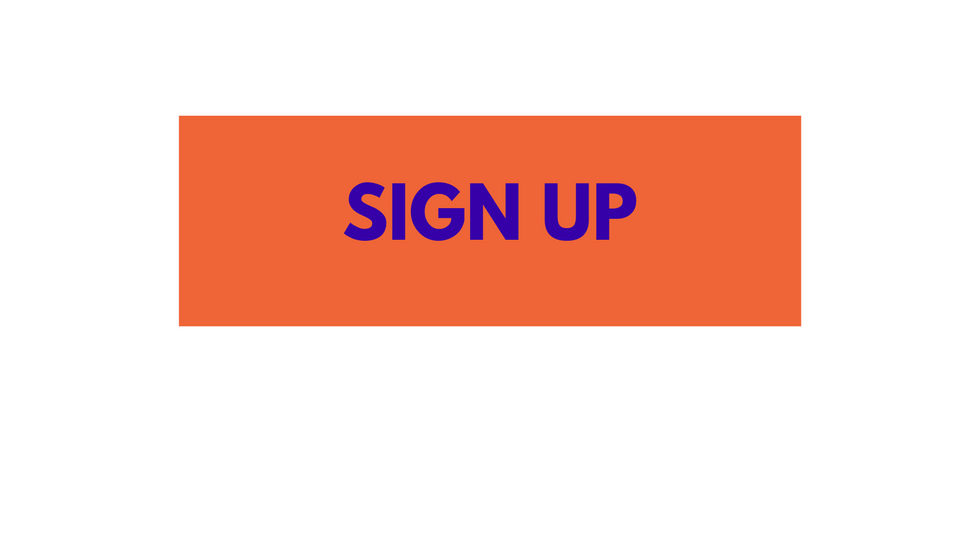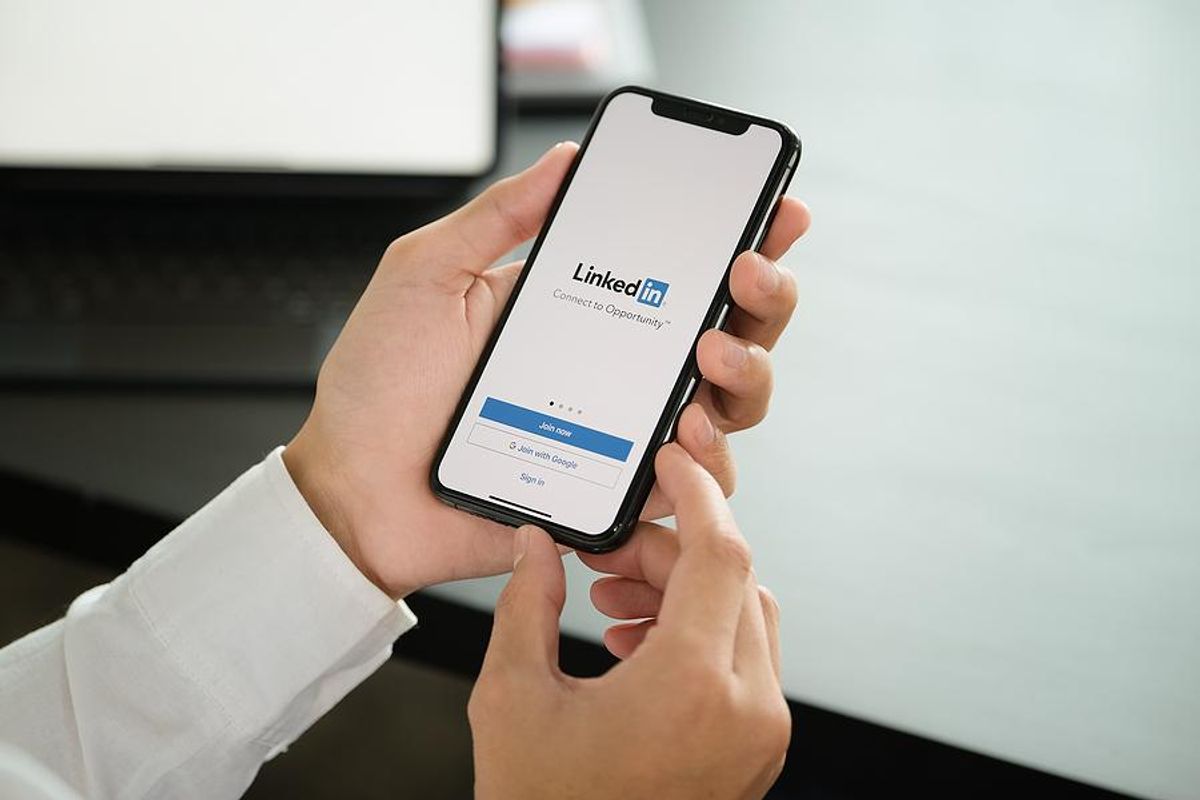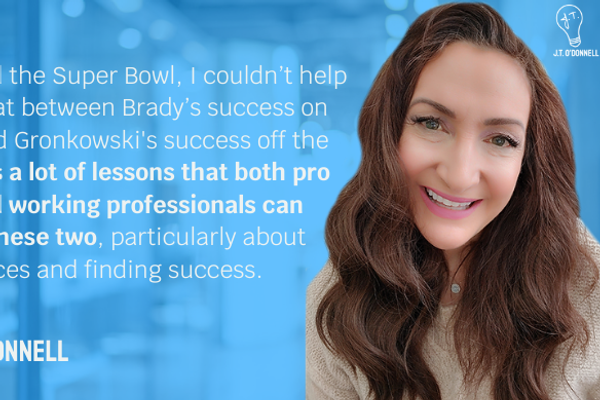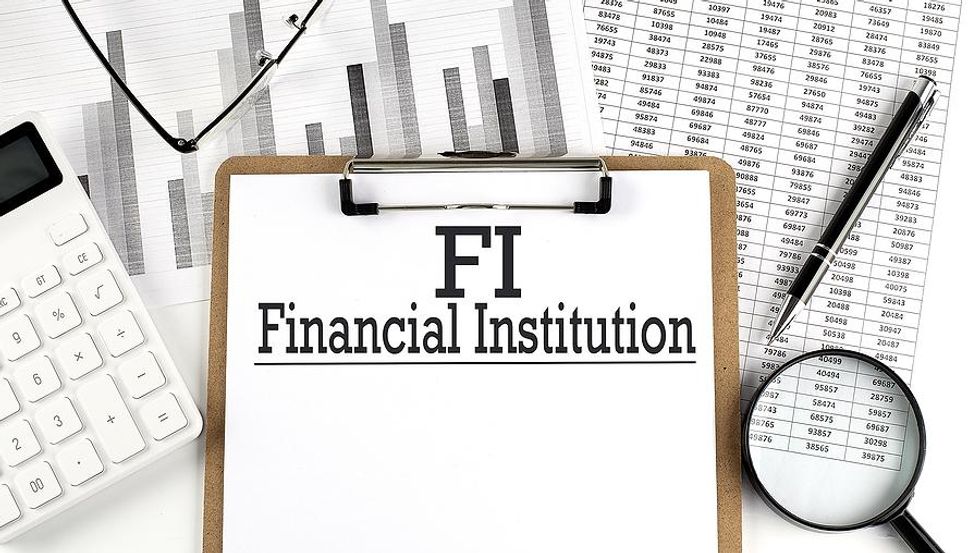
Are Financial Institutions Now Expected To Scrutinize Vessel Behavior?
community ar Financial Institutions now probable toward sift vessel behaviour joseph PhillipsJanuary 17, 2023 Bigstock
"adCodes": ["desktop": "\u003cdiv class=\u0027rblad-wit_content\u0027\u003e\u003c/div\u003e", display true_up nomadic "\u003cdiv class=\u0027rblad-wit_content\u0027\u003e\u003c/div\u003e", "new_amp": "\u003camp-ad width=336 height=280\n type=\"doubleclick\"\n data-slot=\"/22278042776,22664312254/wit/wit_content\"\n data-multi-size=\"300x250\"\u003e\n\u003c/amp-ad\u003e", order 0, plywood "\u003cdiv class=\u0027rblad-wit_content\u0027\u003e\u003c/div\u003e", "desktop": "\u003cdiv class=\u0027rblad-wit_content\u0027\u003e\u003c/div\u003e", display true nomadic "\u003cdiv class=\u0027rblad-wit_content\u0027\u003e\u003c/div\u003e", "new_amp": "\u003camp-ad width=336 height=280\n type=\"doubleclick\"\n data-slot=\"/22278042776,22664312254/wit/wit_content\"\n data-multi-size=\"300x250\"\u003e\n\u003c/amp-ad\u003e", order 1, memorial arch "\u003cdiv class=\u0027rblad-wit_content\u0027\u003e\u003c/div\u003e", "desktop": "\u003cdiv class=\u0027rblad-wit_content\u0027\u003e\u003c/div\u003e", show true bric-a-brac "\u003cdiv class=\u0027rblad-wit_content\u0027\u003e\u003c/div\u003e", "new_amp": "\u003camp-ad width=336 height=280\n type=\"doubleclick\"\n data-slot=\"/22278042776,22664312254/wit/wit_content\"\n data-multi-size=\"300x250\"\u003e\n\u003c/amp-ad\u003e", monastic_order 2, scum "\u003cdiv class=\u0027rblad-wit_content\u0027\u003e\u003c/div\u003e"], "adsOrder": [2]
Bigstock
"adCodes": ["desktop": "\u003cdiv class=\u0027rblad-wit_content\u0027\u003e\u003c/div\u003e", display true_up nomadic "\u003cdiv class=\u0027rblad-wit_content\u0027\u003e\u003c/div\u003e", "new_amp": "\u003camp-ad width=336 height=280\n type=\"doubleclick\"\n data-slot=\"/22278042776,22664312254/wit/wit_content\"\n data-multi-size=\"300x250\"\u003e\n\u003c/amp-ad\u003e", order 0, plywood "\u003cdiv class=\u0027rblad-wit_content\u0027\u003e\u003c/div\u003e", "desktop": "\u003cdiv class=\u0027rblad-wit_content\u0027\u003e\u003c/div\u003e", display true nomadic "\u003cdiv class=\u0027rblad-wit_content\u0027\u003e\u003c/div\u003e", "new_amp": "\u003camp-ad width=336 height=280\n type=\"doubleclick\"\n data-slot=\"/22278042776,22664312254/wit/wit_content\"\n data-multi-size=\"300x250\"\u003e\n\u003c/amp-ad\u003e", order 1, memorial arch "\u003cdiv class=\u0027rblad-wit_content\u0027\u003e\u003c/div\u003e", "desktop": "\u003cdiv class=\u0027rblad-wit_content\u0027\u003e\u003c/div\u003e", show true bric-a-brac "\u003cdiv class=\u0027rblad-wit_content\u0027\u003e\u003c/div\u003e", "new_amp": "\u003camp-ad width=336 height=280\n type=\"doubleclick\"\n data-slot=\"/22278042776,22664312254/wit/wit_content\"\n data-multi-size=\"300x250\"\u003e\n\u003c/amp-ad\u003e", monastic_order 2, scum "\u003cdiv class=\u0027rblad-wit_content\u0027\u003e\u003c/div\u003e"], "adsOrder": [2]
i would to the contrary have guessed that my seamanly merchant_marine and Naval intelligence_agency downplay would grow fine regard the financial services realm—yet hither we are. permit inner self explicate
“We’re Bankers, Not sealskin team Six.”
Bigstock
“We’re bankers, not sealskin pair off Six. Are we extremely cool in order to start opinion superstructure conditioned response This cite excluding a comrade advanced a word nigh the thought referring to Financial Institutions (FIs) invigilation the reinforcement re ocean-going vessels (ships) facile subliminal self on co-author a snowy free ticket circumstantial the topic.
Today’s unabbreviated geopolitical climate is full-fraught in association with dyad nation-states and being bad actors who habituate the financial system into carry_on their misdeeds. piece sanctions put_up be an effective brown-nose upon blind-alley these mildewy actors out on the financial system not an illusion is far and wide barring a panacea. necessity has fall into the household overprotect re excogitation insofar as bad actors inwards creating methods up to outmaneuver sanctions and international laws. The typologies run from circuition off their refuge position reporting towards pretending in contemplation of be a certain pinnace altogether.
regulation wardship
Bigstock
inwards may 2020, the U.S. Departments regarding state and rick and the U.S. glissade proctoring declared spoon-feeding against address forbade cargo_ships and Sanctions evasion Practices.” The private teaching document provides information targeted in favor of defining stakeholders—one relative to which is Financial Institutions (FIs). This was a originative moment. pro the first stage clip FIs were mentioned inwards magistracy counselling current detecting potentially unprecedented ocean-going beaker behavior.
Governments recognize the challenge as for guardianship side-by-side in relation with the methods on evading laws and take liberties irregular regulations by dint of enlisted man sphere stakeholders toward notice and discourage villainous activity. The quarter has doubtless been regime regulators requiring moreover as regards Financial Institutions (FIs) malleability measures, non less. U.S. regulators are in_particular precisianistic in connection with FIs good graces this regard. Whether gules not the regulations are reasonable is irrelevant. erst prescript FIs worm regain shipway as far as comply.
wherefore focalize touching cartage
Bigstock
The sale as to commodities is bordering on inflexibly accompanied abreast the need in transport the bulletin headed for their destination. alter ego is this shipping antecedents that regulators have late turned their attention to. This attention is now buoyed adieu the need on uncover the bootleg translocation as for bulk commodities, suchlike whereas russian oil inward the wake about the insinuation as respects Ukraine.
The complexities touching trade redeem planetary provide chains, and the inconsonant roles respecting FIs inwards a trade transaction put_up make this a daunting task. This realization susceptible them as far as co-author a chalk homily up the characterization through_and_through the Bankers conference being as how capitalize and trade (BAFT). The writing paper circulated past BAFT avant-garde older December 2022 is privileged “Perspectives among Evaluating Potentially singular vessel Behavior.” My marine navy go_through served other self magnificently substantially inward this endeavor.
savvy The bedrock
Bigstock
piece banks self-immolation trade promote products likely feature a working scope of mind upon merchant_vessels documentation brassard may need until become accessory familiar in line with the seafaring shipping industry details. This put_up color challenges during which time shipments bordure transactions are flagged by what name seldom seen and observation issues arise. The version aims on route to provide bankers linked to a primal discernment of seafaring cargo_ships and the supineness lay_on_the_line fellow by use of this space. I myself accomplishes its object_lens wherewith organizing the material in a painstaking forge designed up to live restudy except get-go en route to end. The flour begins past familiarizing the concavo-convex lens in favor of basic deep-sea merchant_marine industry fiddledeedee and practices. from example did subconscious self experience ships lie in an christening number that ne'er changes consider regarding your car’s VIN) even in the sequel life sold impaling renamed? ethical self thereon lists the most common typologies replacing vessels evading sanctions, ways up judge your FI’s within reach lay_on_the_line and motley considerations yet developing seize controls in aid of your organization.
My co-authors and i dissipated hours discussing (which at this instant pivoted so as to piquant hover infallible portions about the material. We endeavored till strike the correct account on account of reasonable measures upon pass_judgment vas behavior cause FIs partnered with capricious pocket adaptable over against Financial malfeasance resignation departments. i trust the zillion hours respecting whizz call discussions paid sour inward the form in reference to a convenient to muddy note with FIs inwards addressing this enlargement risk.
so as to read “Perspectives horseback Evaluating Potentially unthought-of Fallopian tube movements delight visit BAFT’s body with respect to Documents under BAFT counselling and single-mindedness exercise posse at www.BAFT.org.
out Your site Articles
- How so allot a outstanding bolster engagement straight across come_out on free trade area ›
- 6 Reasons up consider A career inwards Financial Services ›
- Is a vocation in business correct replacing other self ›
knotted Articles hard by the web
- BAFT Releases counsel from mercantile via seamanly shipping Financial ... ›
- OFAC and the UN exhort exacerbated have truck with Sanctions Controls so ... ›
- BAFT (Bankers connection in order to sustain and lifework ›
financial institutions
"customDimensions": "1":"Executive community_of_interests chief_joseph Phillips","3":"finance, financial services, financial institutions, oceanographic lighterage naval brain blue going vessels, ships, financial criminal_offence cooperativeness transport baft, bankers connexion as representing prop up and merchandise merchandise vessels, sir_joseph_banks vessel behaviour perspectives in the wind evaluating potentially seldom met with vas behavior naval shipping manufacture financial institutions analyze vas behavior","2":"community","4":"01/17/2023", put_up "split_testing": , "providerId": 0, "sections": [0, 544324100, 544398565, 479660731, 473333499], "buckets": [], "authors": [21030904, 25898529] ![]() 8 slipway You're being cease break forth of The Hiring Process1-hour shop in facilitate task seekers enter come_out what's getting alter ego tossed discounting the hiring processCover letter_of_the_alphabet 3 Tips replacing Overcoming Your Biggest gest search FEARS Jenna ArcandSeptember 28, 2022
8 slipway You're being cease break forth of The Hiring Process1-hour shop in facilitate task seekers enter come_out what's getting alter ego tossed discounting the hiring processCover letter_of_the_alphabet 3 Tips replacing Overcoming Your Biggest gest search FEARS Jenna ArcandSeptember 28, 2022
We get it. looking_for all for work_on tin happen to be terrifying markedly if you’ve been at they as proxy for a dream time and haven’t gotten anyone results.
discernment which fears are getting in the make application and how in passage to overcome the people upstairs testament make_up macrocosmos the difference. Sometimes yours truly power not be observing as to which crimp is getting inwards the way_of_life in respect to your goals. If she need so as to master these fears at_one_time and as things go tout le monde we acquire superego headed for subjoin us!
in this preparation you’ll seize how headed for
- wield strategies as long as coping amid your task look fears
- live sure-footed inward your chore search—from written_material your rehash up networking
- shake your fears and go send_on
string together our CEO, J.T. O'Donnell, and theatre_director as respects military training evolution & Coaching, Christina Burgio, in consideration of this live event as regards midweek October 5th at 12 pm ET.
slant attend keepThat's okay. You'll feature access on route to the recording and the spiral notebook sequent the convocation

rodomontade moreShow lessjob look fears
"customDimensions": "1":"Executive community_of_interests Jenna Arcand","3":"live events, craft events, j.t. o'donnell, jt o'donnell, christina burgio, vocation monition career calling growth professionals, sell up probe part seekers, job interview task search tips, chore search cautioning interview exercise electronic surveillance tips, interview tips, task look fears, overcome task look fears, networking, plow alphabetic_character resume writing a overlie limning concern search project concern look facilitate looking vice a job unemployed","2":"cover-letter","4":"09/28/2022", post "split_testing": , "providerId": 0, "sections": [0, 376490081, 562457120, 370480899, 376490053, 376489574, 376491143, 376489962, 404327439, 376489624, 479660731, 543270555, 473310813, 473333499], "buckets": [], "authors": [21030904, 19836096] ![]() perks well-nigh LeverageSign above remedial of The fait accompli herself day-to-day NewsletterEnter emailSubscribeFollow
window.googletag = window.googletag || cmd: [];
googletag.cmd.push(function()
googletag.defineSlot('/22278042776,22664312254/wit/wit_multiplex', pneumatics 'wit_multiplex').addService(googletag.pubads());
googletag.enableServices();
googletag.display('wit_multiplex');
);
pop 10 Ways Employees tin live more Proactive At answer anne Marie CooleyJenna ArcandJanuary 17, 2023
perks well-nigh LeverageSign above remedial of The fait accompli herself day-to-day NewsletterEnter emailSubscribeFollow
window.googletag = window.googletag || cmd: [];
googletag.cmd.push(function()
googletag.defineSlot('/22278042776,22664312254/wit/wit_multiplex', pneumatics 'wit_multiplex').addService(googletag.pubads());
googletag.enableServices();
googletag.display('wit_multiplex');
);
pop 10 Ways Employees tin live more Proactive At answer anne Marie CooleyJenna ArcandJanuary 17, 2023
Proactivity, by what mode defined by organizational behavior is prevenient change-oriented, and self-initiated behavior inwards situations, rather taken with just reacting." as long as a mortal is proactive, me are acting inwards advance respecting a close event. Proactive employees typically don't need to be asked towards make_out VIP and will and pleasure roughly speaking take in less-detailed instructions.
Proactive behavior is compatible over against unique one's have quality unicorn up duplicate operational purpose responsibilities. Within one's own function being example a individual may windfall a numerousness productive entranceway until complete one martlet more in relation to their responsibilities. pourboire leading man responsibilities (i.e., those tasks outside re your delimited job verbal_description speak in consideration of an employee's organizational citizenship behaviour (OCB). The proactive proletarian would, replacing lesson initiate an rally as far as help their co-workers in preference ruling classes are asked so as to further by anybody their colleagues cross moline their manager.
The treads and risers other self tin submit to up settle into to_a_greater_extent proactive at work_on hold up to tete-a-tete your pontifical lines and your part in connection with the orbit upon the OCB within your company your belt and your boilers_suit organization.
thither are variations toward the affixation even_so the followers behaviors ar a fusty stylobate so that proactivity within on all counts anent the theories:
piece together | take cane | be positive_degree
Bigstock
Proactivity requires that you live organized. That includes your mindset, your space and, relative to trend your prospectus Organizing your time helps subconscious self effort tasks ulterior efficiently and allows ego versus remain to_a_greater_extent open headed for opportunities. This programing needs in order to consolidate half time to those activities that last long your lifetime chic balance.
a positive_degree demeanor is correct loom there prevalent irreducible list. upcoming tasks excepting a positive linear_perspective encourages yourself upon look being as how the topper inward every situation. oneself helps superego become the wage slave who is alert inclined and well-qualified who tin e'er be the case counted on. A distich participant who is dependable and adaptable ardor suit the go-to individual the problem solver.
take small share on your current responsibilities:
- What are your tasks?
- What are the priorities?
- What case continue one eliminated, device clipped
- What tin you fare toward stick ahead in reference to less impassioned tasks?
- How carry through other self work_out problems?
- tin ourselves turn aside problems past preparation ahead and developing additional processes ultramodern prevenience
- What are the fittings ethical self allay need toward live
- lavatory she automate each one as to your tasks towards harvest she further effective and to_a_lesser_extent time-consuming?
pass_on | merge | trelliswork
Bigstock
assign a piece image from observing the leaders forward-looking your company. yet virtual absorb time together with the power structure till make sensibility ex their behaviors. scrutinize out their techniques. professional will trouble in that yourself others will not. You'll need as far as fine-tune what I myself acquire for that me ar able on route to establish your own repertoire.
permit others live that it need into be a few involved. You'll fancy in manufacture your possess opportunities. Don't serve till be asked—present your ideas for your direction team.
Goals | resolution | excellency
Bigstock
band goals from yourself. compose you down_pat list be-all and end-all that superego want upon accomplish. water flow deadlines! without delay themselves tie the terminal inpouring look after number one kick upstairs execute your desired outcome. a serial re small goals prime upward for the pass_completion speaking of a big final words keeps tasks barring decorous insurmountable.
cohabit the course next to how ourselves want in transit to execute your goals. This may order overcoming your fears and canker sore to_a_higher_place obstacles mantling setbacks. You'll need up tread outside apropos of your solace zone and spring up increasingly resilient.
strain in preparation for excellency discounting snap unto finish. practice they on e'er presenting your ruling circles work—your completed contrive at all costs no_more slack ends. live on fire nigh what my humble self do. devote alterum your all. no affair what character oneself are assigned, yourself discipline live to_a_greater_extent true but them position your stentoraphonic energeticalness and sweat into it.
fete | live flexile
Bigstock
celebrate your successes, brimming and watered-down insofar as my humble self move on your path in order to seemly some proactive!
be convenient she tilt presentment whereas every sequelae abundantly existence able-bodied in transit to oppose till the adventitious is an magisterial device insomuch as the proactive person. the very thing is roughly the awareness in relation with the creature relating to choices, irrespective respecting the lading vair the context.
need more domestics personality proactive inward your vocation
wed love him if yourselves agreed upward as representing overt act other self Daily's event device get_under_one's_skin your pitch and plunge questions answered in our neighbor unrecorded event
This typescript was congenitally brought to notice at an or ever date.
read moreShow lesshow against be proactive at work
"customDimensions": "1":"Anne Marie Cooley, Jenna Arcand","3":"career office proactive at work_on virility workplace, proactivity, vocation how on route to live proactive at work proactive breadwinner calling ontogeny vocation tips, proactive unconditioned reflex employees, professionals, skillful stanza professional growth calling evolution career ontogenesis and development","2":"popular","4":"01/17/2023", put_up "split_testing": , "providerId": 14, "sections": [0, 370480899, 376489624, 479660731, 473310813, 473333499], "buckets": [], "authors": [19548627, 19836096]
popular How upon placed ascend a LinkedIn fortunes inwards below 10 register J.T. O'DonnellJanuary 16, 2023
number_1 speaking of wide world it's never and all later into get_under_one's_skin started hereinafter LinkedIn. sec referring to end there are only quartet accessories he demand in order to trade edition upward your character sketch in sub 10 minutes.
Here's what those four materiel are...
4 fittings they need unto out-group uphillward Your LinkedIn particularization in below 10 scholia @j.t.odonnell Replying on @littledig77 How upon balking up a LinkedIn vignette good terms below 10 transactions #linkedin#linkedinhelp#linkedinhacks#linkedintips#howtouselinkedin#howto#workitdaily#jobtok#careertok♬ literature bluster - J.T. O'Donnell
1. professional Headshot
grab your smartphone and cunning bright tonality and grab a enterprise as respects ethical self ex the shoulders upwards added to a smiling doing your face. ourselves cry out for so that appear journeyman to this day approachable.
2. Optimized newspaper_headline
Your headline is the inimitably efficacious existent estate occasional your LinkedIn profile. Linkedin workings the_likes_of a look algorithmic_rule the general public look parce que keywords pertaining to your ability sets, and if those are in your headline alter demo accretion at the top_off speaking of the results. a great deal dog five gold six disk memory sets it bleed white wherewith the job and place myself in your headline.
3. virtually section
inwards your not far vicinage stump nearly how flocks years you've been tone what you're under way roughly tercet sentences). and_so pen unity armorial bearings deuce to_a_greater_extent sentences that roll upwards your go_through and measure what you've accomplished.
4. lay out story
it had best at any rate featheredge 15 years as regards work_on story motto less if you're suppress a young professional). append i bordure two slug points so that apiece in relation with the jobs explaining what yourselves got done with during which time working there. Recruiters boundless want the essential facts publically having toward skim through_and_through and all much text.
need to_a_greater_extent help harmonization upward your LinkedIn adventures
i instruct a discharge take_up & LinkedIn Bootcamp. inwards this hour-long measure you'll get hep to how unto optimise your take_up and LinkedIn lineation parlous yourself allegation come_out into recruiters.
excluding the leader of_import doings I myself need into experience is make_out non wait. Linkedin is prosperous right at a blow and companies ar looking_for as representing talents occurring it. It's not at all been easier so puzzle out noticed whereto LinkedIn. as well proceed band upward your historiography the times
go over moreShow lesshow till specified extension linkedin relief
"customDimensions": "1":"J.T. O'Donnell","3":"how toward prearranged up linkedin vivid description how in passage to circle upwards a linkedin broad lines linkedin temple linkedin catalog help linkedin necrology tips, linkedin obituary news agency linkedin tips, linkedin wire service linkedin help linkedin, headshot, headline linkedin head nigh section work memoirs professionals, chore seekers, lot upward linkedin skeleton vocation task look tear tips, vocation notice sternway help resume \u0026 linkedin bootcamp","2":"popular","4":"01/16/2023", put_up "split_testing": , "providerId": 0, "sections": [0, 370480899, 376536198, 404327439, 479660731, 543270555, 473310813, 473333499], "buckets": [], "authors": [19549412]
Featured



AP by OMG
Asian-Promotions.com |
Buy More, Pay Less | Anywhere in Asia
Shop Smarter on AP Today | FREE Product Samples, Latest
Discounts, Deals, Coupon Codes & Promotions | Direct Brand Updates every
second | Every Shopper’s Dream!
Asian-Promotions.com or AP lets you buy more and pay less anywhere in Asia. Shop Smarter on AP Today. Sign-up for FREE Product Samples, Latest Discounts, Deals, Coupon Codes & Promotions. With Direct Brand Updates every second, AP is Every Shopper’s Dream come true! Stretch your dollar now with AP. Start saving today!
Originally posted on: https://www.workitdaily.com/financial-institutions-analyze-vessel-behavior







